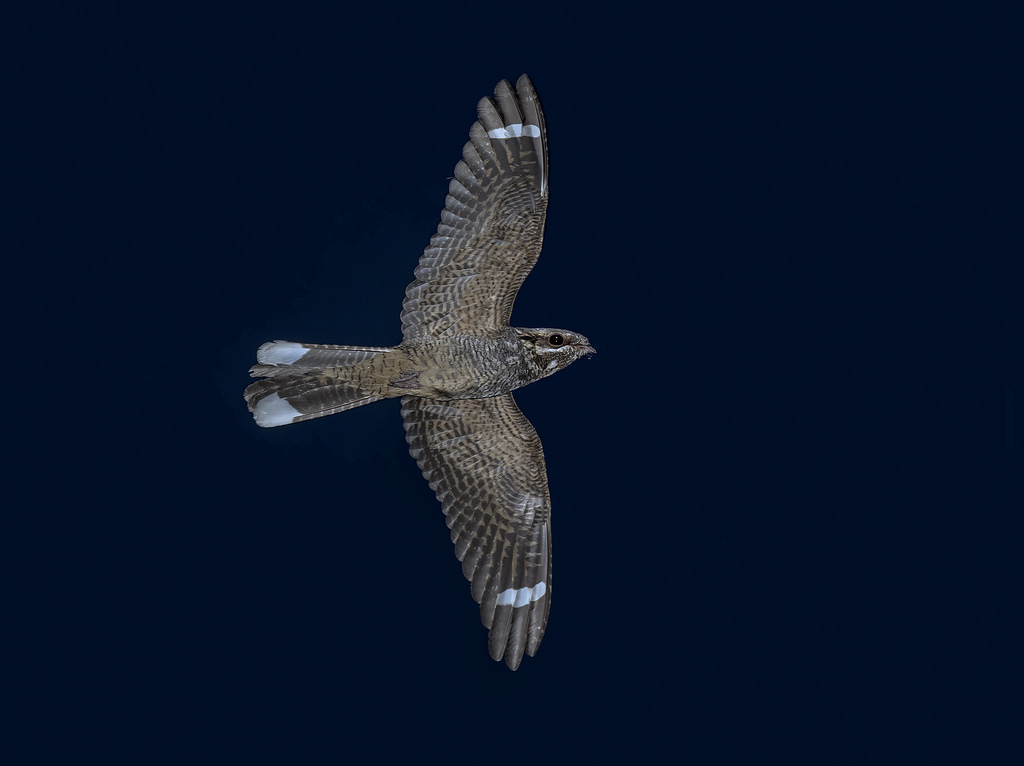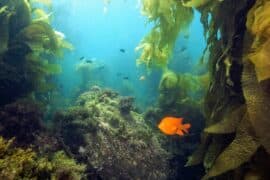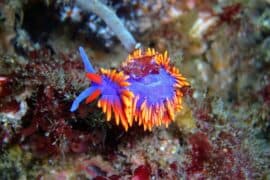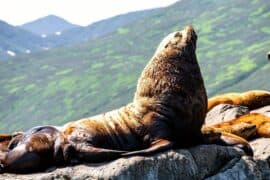Nightjar
(Caprimulgus europaeus)

Description
The European nightjar or gray nightjar ( Caprimulgus europaeus ) is a species of caprimulgiform bird of the Caprimulgidae family that lives in Eurasia and Africa.It is distributed through the temperate zones of scrubland,pastures or clearings of the forests of the Old World.They are nocturnal and crepuscular birds,with cryptic plumages that have long wings and legs and short bills,and feed on insects in flight.Both its scientific name and its common name in several European languages comes from an ancient myth that unjustifiably attributes to them the suckling action of goats.It is not threatened globally,and its population is estimated between 2 and 6 million copies.The European nightjar measures between 24.5 to 28 cm in length and has a wingspan of 52 to 59 cm.The males weigh between 51 and 101 g and the females between 67 and 95 g.Their plumage is quite cryptic.The adults of the nominal subspecies have the upper parts of grayish brown tones with dark veining,an ocher list on the back of the neck and white mustache.Its folded wings are grayish with antennas mottled,its lower parts are also mainly grayish brown,with brown and cream mottling.Its short bill is blackish,the iris of its eyes is dark brown and its legs are short and also brown.Like the rest of nightjars,although its beak is short,it has a very large mouth,with bristles on its sides,to increase its ability to feed on insects on the fly.Its wings and tail are long and narrow,and its beak is very short.5 Its flight is powerful and silent,thanks to its long and pointed wings,with soft feathers.In flight the sexes can be differentiated since the males have white spots in three primary feathers and white speckling in the lateral feathers of the tail,the females lack these white marks.Their chickens have brown down and cream,and when feathered they look similar to females.Moult adults from June after the breeding season,which process is interrupted during migration,and finally change the flight feathers of the tail in their wintering grounds.The change is completed between January and March.The immatures follow a similar pattern of moulting unless they are of a late clutch,in which case they will complete the moult in Africa.They coincide with other species of nightjar in part of their breeding and wintering areas.The red-necked nightjar also breeds in the Iberian peninsula and North Africa,is larger,more grayish and with wings longer than the European nightjar,and also has a reddish cinnamon band on the neck and characteristic white marches in the throat,the wings and the tail.Winter nightjars in Africa can coincide with the red-necked cotacabras and the dark nightjars.Both European and dark nightjars have speckled on the wing coverts and an ocher list on the back of the neck,but the dark nightjars as their name suggests are much darker than their European relatives.
Taxonomic tree:







